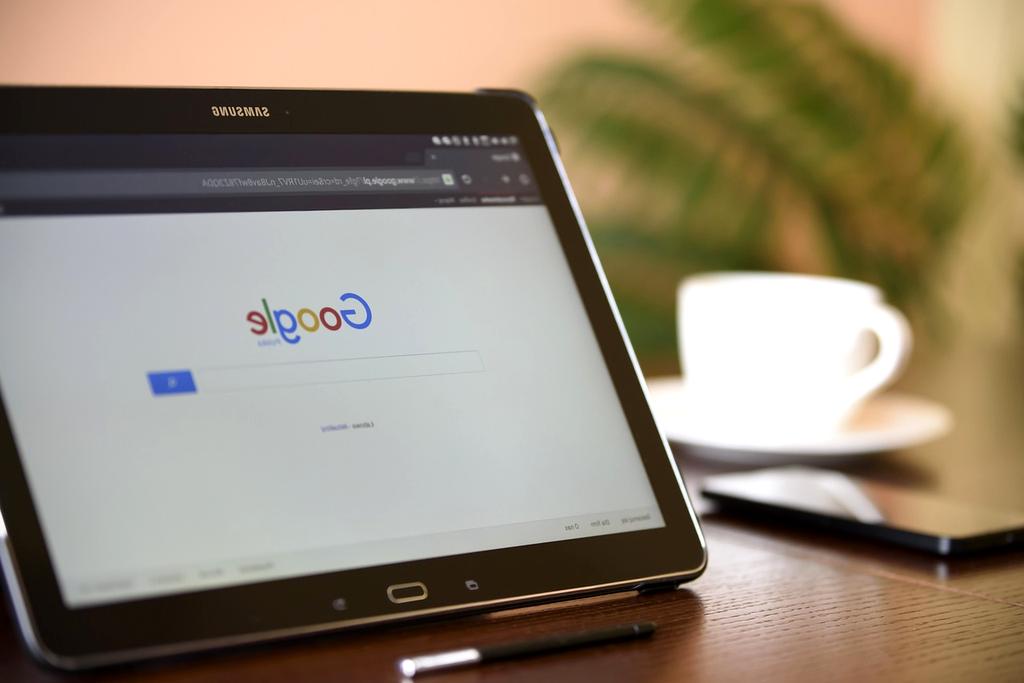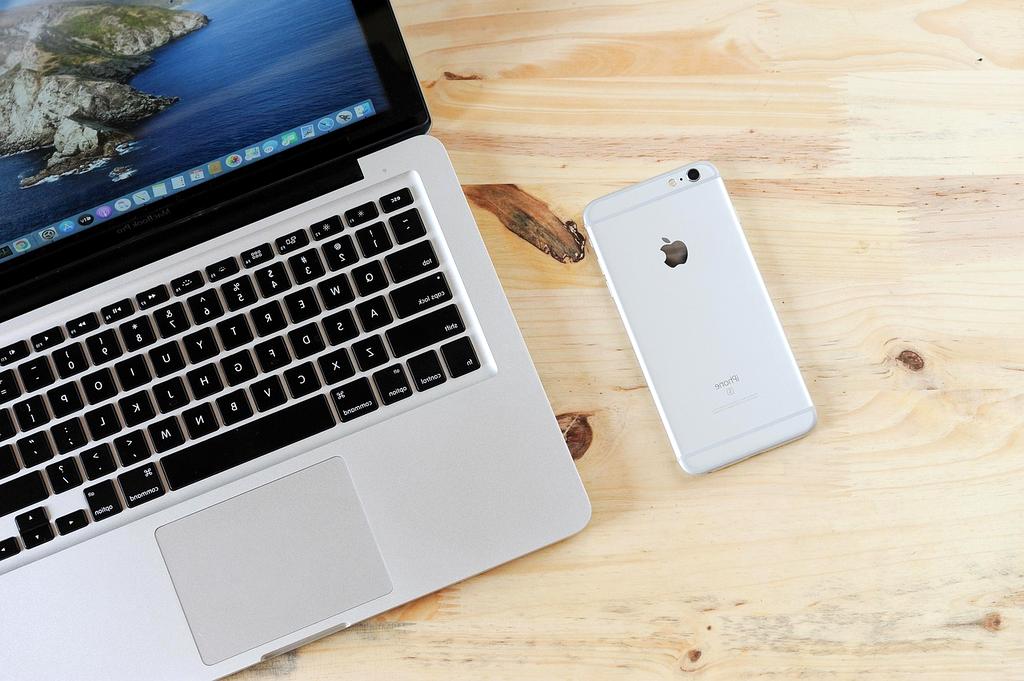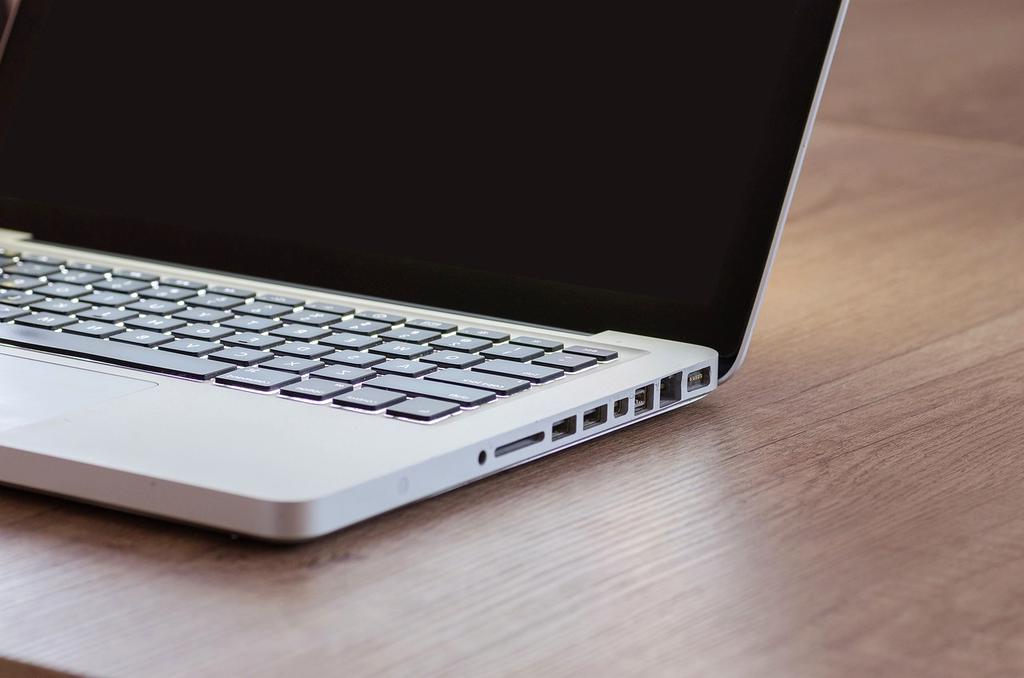
Discover the key differences, advantages, and ideal use cases for each computing paradigm in the modern tech landscape.

In today's rapidly evolving digital landscape, organizations must choose the right computing architecture to stay competitive.
Edge computing and cloud computing represent two powerful paradigms with distinct advantages. Understanding when and how to leverage each can significantly impact performance, costs, and capabilities.
Critical for applications where milliseconds matter.
Understanding the fundamental characteristics of each computing model
Edge computing minimizes latency by processing data closer to its source, delivering near real-time response for critical applications.
Cloud computing excels in scalability, offering virtually unlimited resources that can be provisioned on-demand as your needs grow.
Both paradigms offer unique security benefits: edge keeps sensitive data local, while cloud provides advanced security infrastructure.
Edge computing reduces bandwidth requirements by filtering and processing data locally before transmission.
Cloud computing offers virtually unlimited storage capacity for data-intensive applications and long-term archiving.
Edge computing can function without internet connectivity, ensuring critical operations continue during network outages.
A detailed comparison of key aspects
Processing happens close to data source, resulting in near-instantaneous response times.
Only relevant data is sent to the cloud, reducing network congestion.
Can continue to function even when disconnected from the network.
Sensitive data can be processed locally without leaving the premises.
Constrained by the capabilities of local hardware.
Resources can be scaled up or down based on demand without hardware constraints.
Access to powerful computing resources for complex data processing and AI.
Easier to update, secure, and manage from a central location.
Data and applications can be accessed from anywhere with internet connectivity.
Requires constant internet connectivity to function properly.
Of data will be processed at the edge by 2025
Of enterprises use cloud services
IoT devices expected by 2025
Latency reduction with edge computing
When to choose each computing paradigm

Self-driving cars require immediate processing of sensor data to make split-second driving decisions.

Manufacturing equipment that requires real-time monitoring and control for safety and efficiency.

Traffic management, public safety, and utilities that benefit from local processing.

Medical devices that must function in areas with limited connectivity while maintaining patient privacy.

Processing massive datasets that require significant computational resources over extended periods.

Software that needs to be accessible to users around the world with consistent performance.

Training complex machine learning models that require significant computational resources.

Streaming services and media platforms that benefit from global distribution networks.

Hybrid approaches combine edge and cloud computing to maximize benefits.
Process time-sensitive data at the edge while leveraging the cloud for deeper analytics and storage.
Dynamically determine where data should be processed based on latency requirements, network conditions, and resource availability.
Deploy the same application across both environments, adapting to changing conditions and requirements.
Where computing is headed in the coming years

Machine learning models running on edge devices will enable sophisticated real-time analytics without cloud connectivity.

Cloud services will increasingly be distributed to multiple physical locations while management remains centralized.

Specialized hardware accelerators will make edge devices more capable of running complex AI algorithms with minimal power consumption.
Subscribe to our newsletter for the latest insights on edge and cloud computing trends.